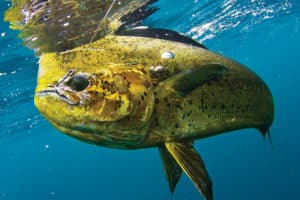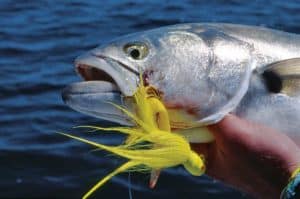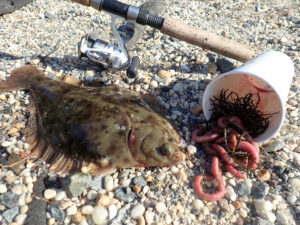Dense, swirling schools of northern anchovies choked the shallow waters just yards off of a beach near San Diego, California, this week, attracting curious beachgoers, scientists and predators. The Scripps Institutution of Oceanagraphy in La Jolla, California, posted in this captivating video online.
Scripps’ David Checkley, a marine biologist, was at a loss for words when trying to describe why there were millions of anchovies — each only 3 to 4 inches long — at this particular place and so close to shore.
The school of fish measured about 50 feet wide and 325 feet long, and could have contained as many as 100 million fish, Checkley said.
The fish typically prefer cool water, and San Diego’s surf hit 74 degrees Fahrenheit this week. Anchovy eat small zooplankton, and Checkley said it’s unlikely they were searching for food. The sheer size of the group also means the fish would have quickly gobbled through any food, he added in the report.
“Schools like this exist throughout the region, but I don’t know why they butted up right against the surf,” he said. “A school this size and this immensity, it’s rather difficult to know why.”
The dense schooling also caught the attention of curious surfers, along with seals and sharks, who feasted on the silvery fish, the report stated.
California’s anchovy population, which has been low for the past 20 years, is finally on the rise, thanks to cooling ocean temperatures in the Pacific Ocean. A natural climate phenomenon known as Pacific Decadal Oscillation is swinging much of the Pacific toward colder temperatures, which the anchovies prefer. “They like a cool regime,” Checkley said. “The population is on the way up right now.”
In May, a school of anchovies turned up in Southern California’s Marina del Rey. But the stopover did not turn out well for the fish. The anchovies all suffocated and died after becoming trapped in the harbor.








